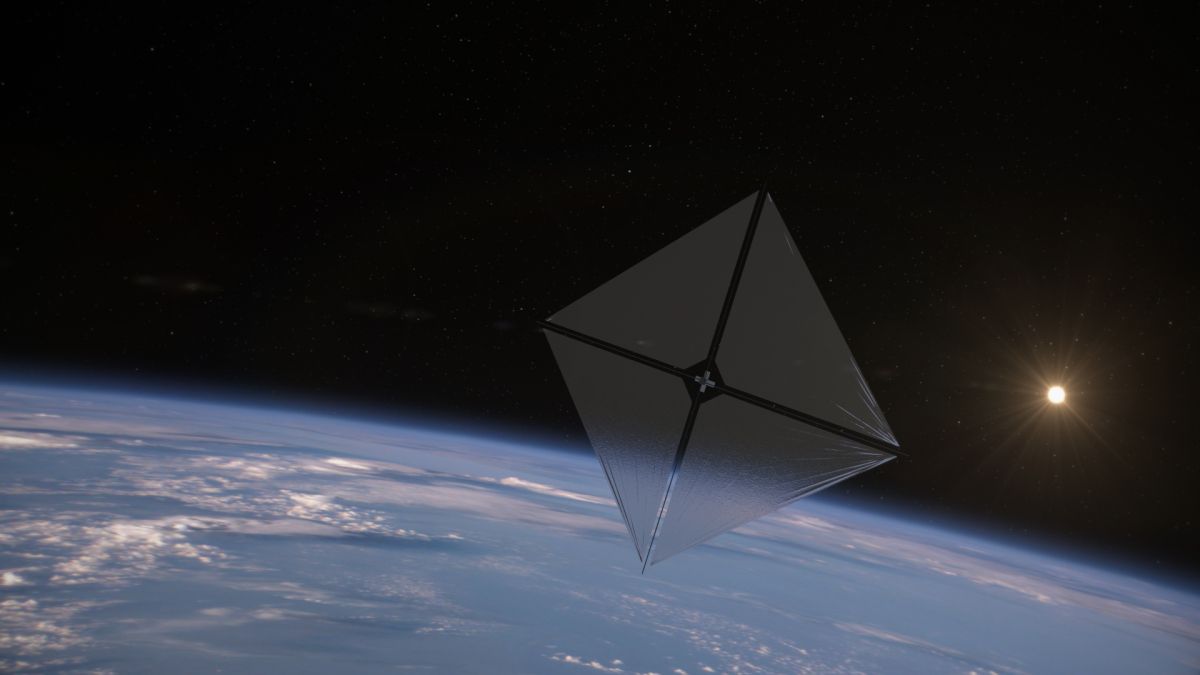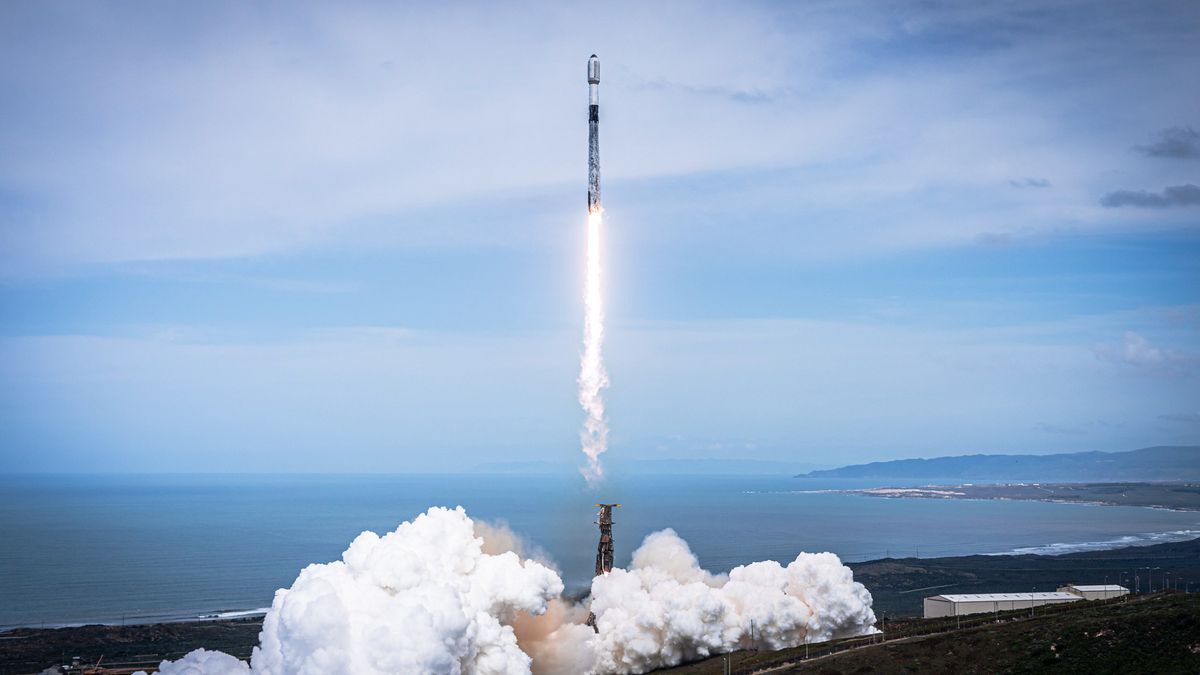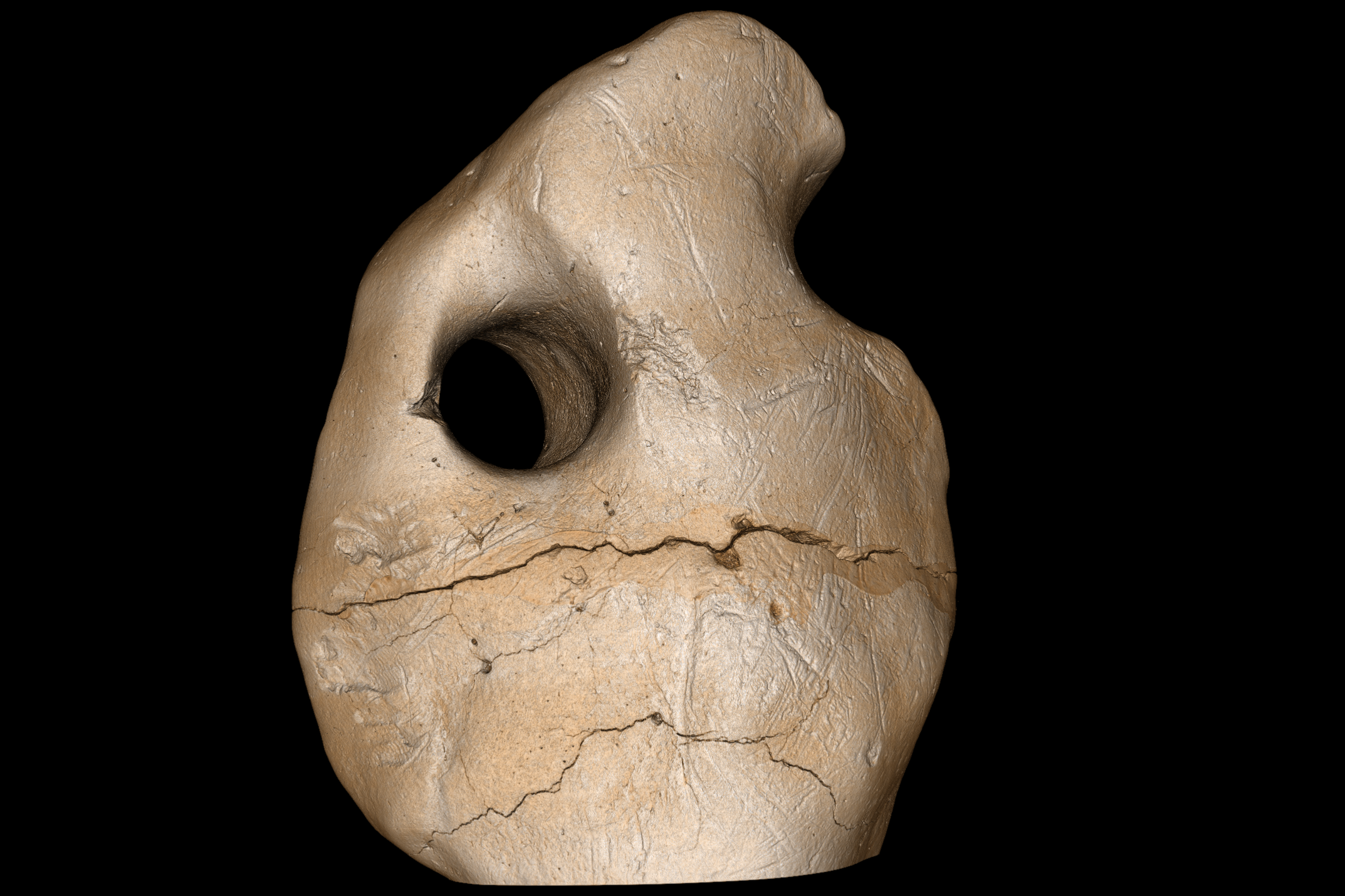New NASA solar-sailing technology will make its way to orbit this evening (April 23), if all goes according to plan, and you can watch the action live.
The agency’s Advanced Composite Solar Sail System, or ACS3 for short, is one of two payloads scheduled to lift off atop a Rocket Lab Electron vehicle from New Zealand today, during an hourlong window that opens at 6 p.m. EDT (2200 GMT; 10 a.m. on April 24 New Zealand time).
Rocket Lab will livestream the launch, beginning 30 minutes before the window opens. You can watch it live here at Space.com, or directly via the company’s website.
Related: LightSail 2 spacecraft ends its solar-sailing mission in a blaze of glory
Solar sails harness the subtle push of sunlight, using it to propel probes through space much as seagoing ships capture the wind here on Earth. Because solar sailing is efficient and requires no fuel, many exploration advocates have high hopes for this relatively novel propulsion strategy.
A few solar sailing missions have already flown, including Japan’s Ikaros spacecraft and the Planetary Society’s LightSail 2. ACS3 aims to develop the technology further.
“The mission plans to test the deployment of new composite booms that will unfurl the solar sail to measure approximately 30 feet [9 meters] per side, or about the size of a small apartment in total,” Rocket Lab wrote in a mission description.
“Flight data obtained during the demonstration will be used for designing future larger-scale composite solar sail systems for space weather early-warning satellites, asteroid and other small body reconnaissance missions, and missions to observe the polar regions of the sun,” the company added.
ACS3 is the secondary payload on today’s mission, which Rocket Lab calls “Beginning of the Swarm.” The main passenger is NEONSAT-1, an Earth-observation satellite developed by the the Satellite Technology Research Center at the Korea Advanced Institute of Science and Technology.
NEONSAT-1 will use a high-resolution camera and artificial intelligence tech to monitor and track natural disasters along the Korean coastline, according to Rocket Lab. Other NEONSAT spacecraft will launch in 2026 and 2027 to add to the constellation, which explains the “Beginning of the Swarm” moniker.
The two satellites are headed to different orbits. The Electron will deploy NEONSAT-1 323 miles (520 kilometers) above Earth, while ACS3’s target altitude is 620 miles (1,000 km).
“Beginning of the Swarm” will be Rocket Lab’s fifth orbital launch of 2024 and its 47th overall. All but four of the company’s liftoffs to date have occurred from its New Zealand site, on the North Island’s Mahia Peninsula; the others have lifted off from NASA’s Wallops Flight Facility in Virginia.
Rocket Lab is working to make the 59-foot-tall (18-meter-tall) Electron’s first stage reusable. The company has recovered boosters from the sea on multiple prior missions and is planning to refly one of them on an upcoming launch. But there apparently won’t be any action in the downward direction today; the “Beginning of the Swarm” press kit, which you can find here, doesn’t mention any planned recovery activities.














